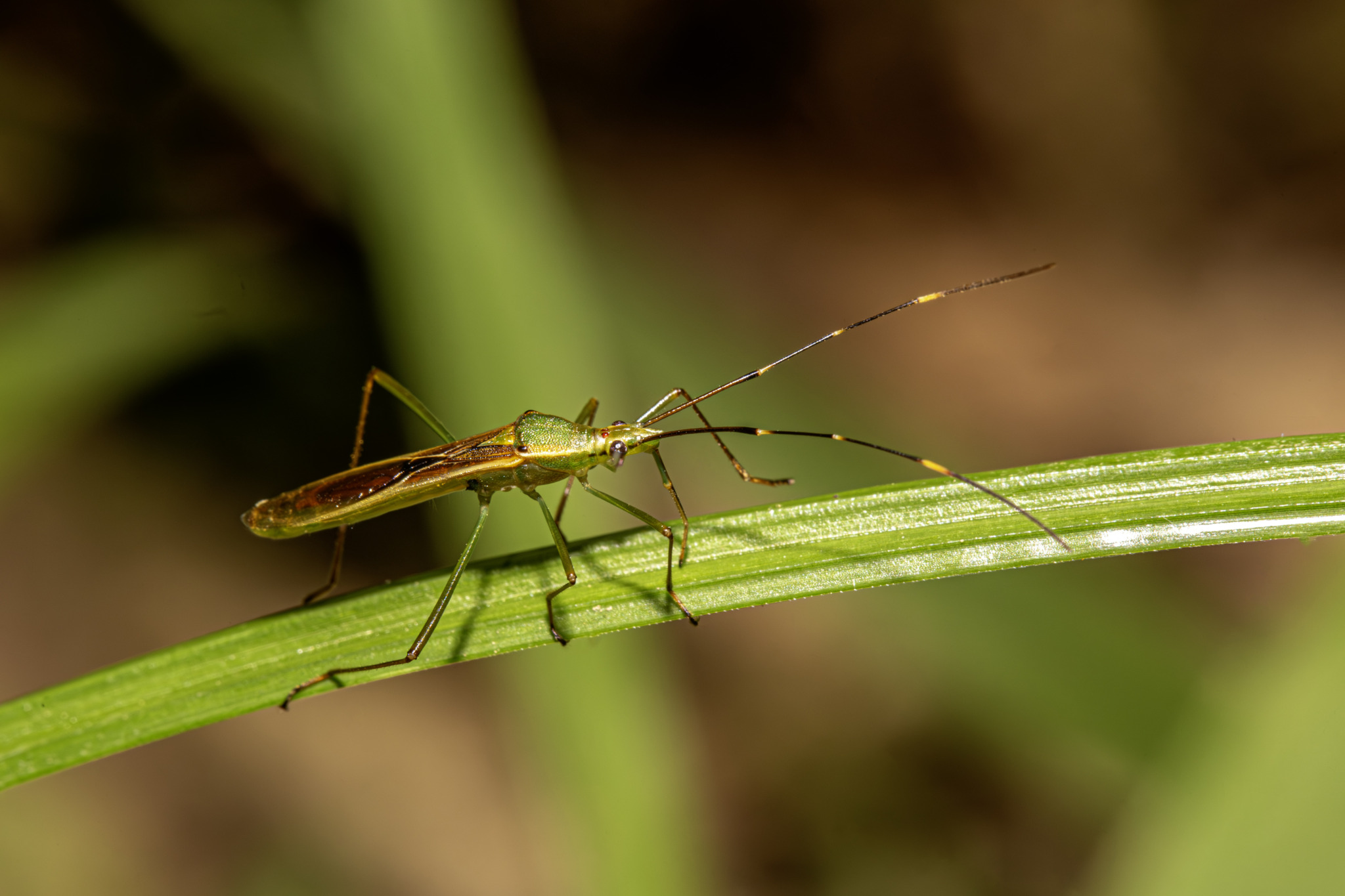Here’s a detailed overview of the Leaf-footed Bug (Paradsynus spinosus) — a striking species belonging to the family Coreidae, often recognized by its characteristic leaf-shaped hind legs.
🪲 Leaf-footed Bug (Paradsynus spinosus)
Taxonomy
- Kingdom: Animalia
- Phylum: Arthropoda
- Class: Insecta
- Order: Hemiptera
- Family: Coreidae (Leaf-footed bugs)
- Genus: Paradsynus
- Species: Paradsynus spinosus
General Description
Paradsynus spinosus is a true bug known for its elongated body, long antennae, and expanded, leaf-like hind tibiae—features typical of leaf-footed bugs. These insects are medium to large-sized and often exhibit brown or reddish coloration that helps them blend into bark and foliage.
- Length: Around 15–20 mm (varies by sex and region).
- Color: Typically brownish-gray to reddish-brown, sometimes with darker markings.
- Body shape: Elongated and somewhat flattened.
- Legs: The hind legs have a distinct leaf-like expansion, giving the species its name.
- Spines: As the name spinosus suggests, this species has noticeable spines on the thorax or legs.
Distribution
- Found mainly in Southeast Asia, including:
- Thailand
- Malaysia
- Indonesia
- Possibly extending to southern China and nearby regions.
- It thrives in tropical and subtropical climates.
Habitat
- Prefers shrubs, fruit trees, and agricultural areas.
- Often seen resting on stems or the undersides of leaves.
- Common in gardens, forests, and plantations—especially where flowering or fruit-bearing plants grow.
Behavior and Ecology
- Activity: Diurnal (active during the day), often basking in sunlight.
- Flight: Capable of strong, short flights between plants.
- Diet:
- Phytophagous (plant-feeding)—feeds by piercing plant tissues with its proboscis (rostrum) and sucking plant sap.
- May feed on fruits, seeds, or young shoots.
- Defense:
- Emits a strong odor from specialized scent glands when disturbed.
- The leaf-shaped legs and cryptic coloration help it camouflage among leaves and stems.
Life Cycle
- Reproduction: Females lay clusters of barrel-shaped eggs on leaves or stems.
- Nymphs: Resemble smaller, wingless adults but lack the expanded hind legs. They molt several times before adulthood.
- Adults: Usually seen from late spring to autumn in tropical regions.
Ecological Role
- Acts as a sap-feeding herbivore, sometimes a minor pest on fruit crops or ornamental plants.
- Serves as prey for birds, spiders, and mantises.
- Its presence indicates a balanced ecosystem with a variety of vegetation.
Identification Tips
- Look for:
- Leaf-like expansion on the hind tibiae.
- Spiny projections on the thorax (unique to P. spinosus).
- Long antennae often as long as or longer than the body.
- Resting posture with hind legs extended outward.
Interesting Facts
- The “leaf-footed” trait evolved as camouflage and possibly as a display structure in mating.
- Despite their size and spiny appearance, they are harmless to humans.
- The Coreidae family includes over 2,000 species worldwide, many sharing similar morphology and behavior.
Visited 11 times, 1 visit(s) today
Views: 149
Subscribe to the newsletter:
